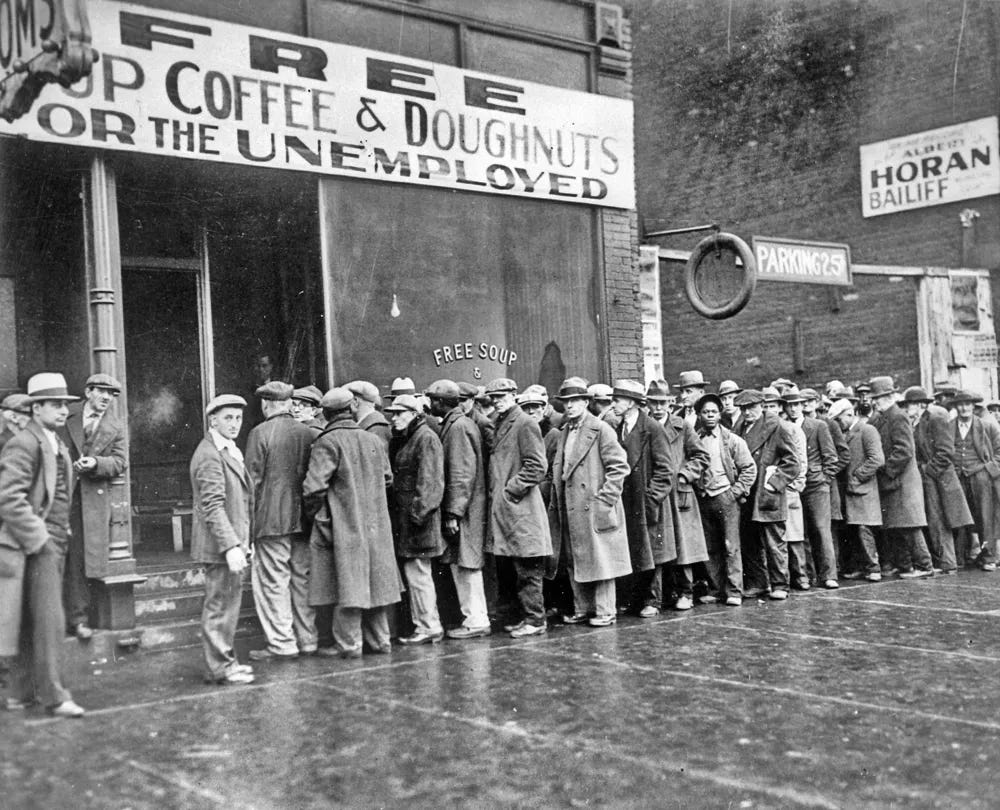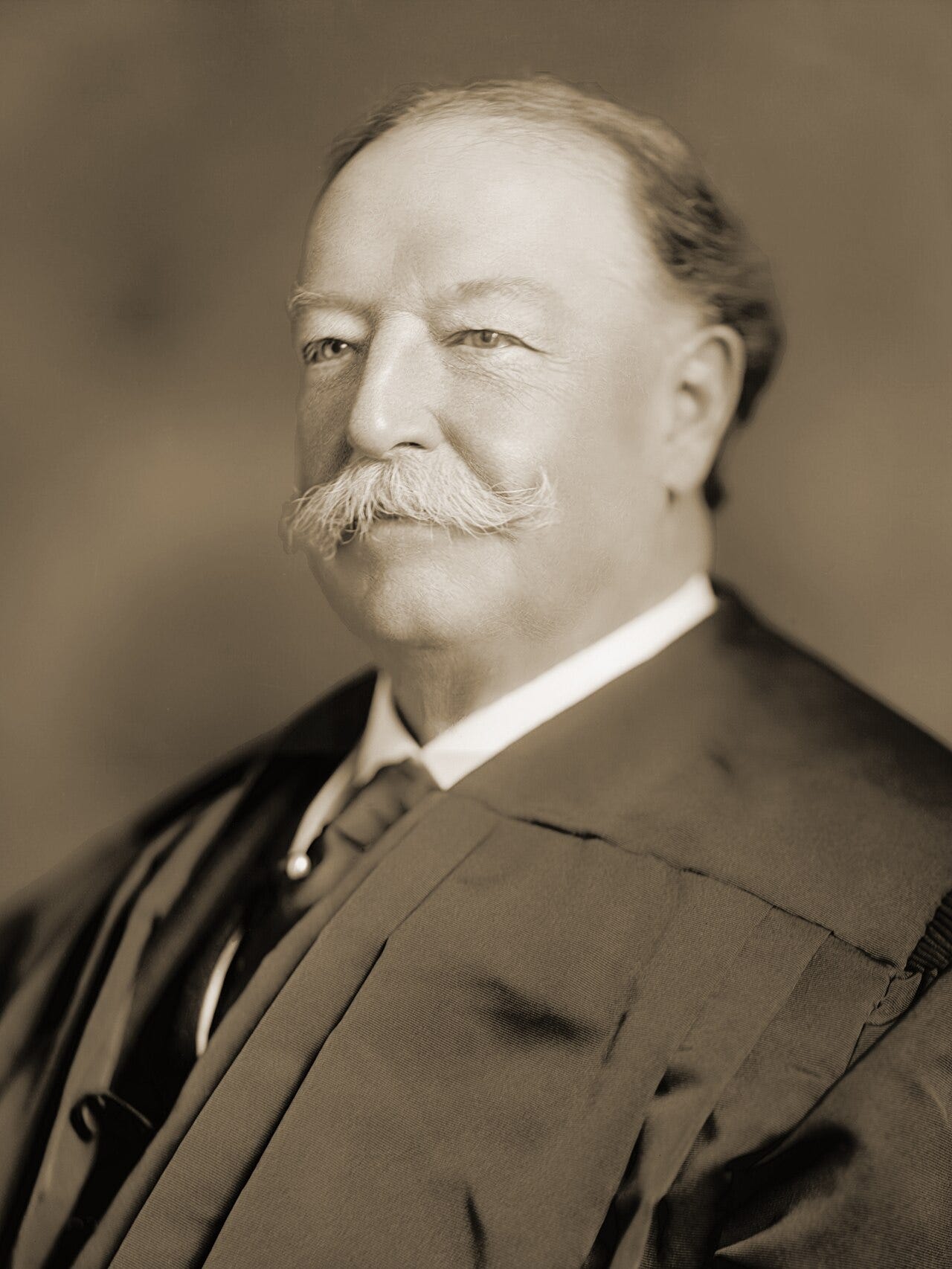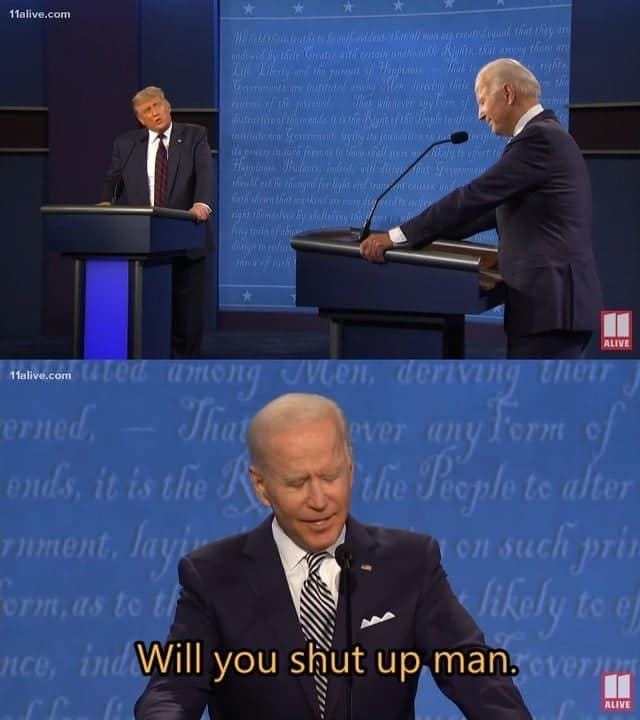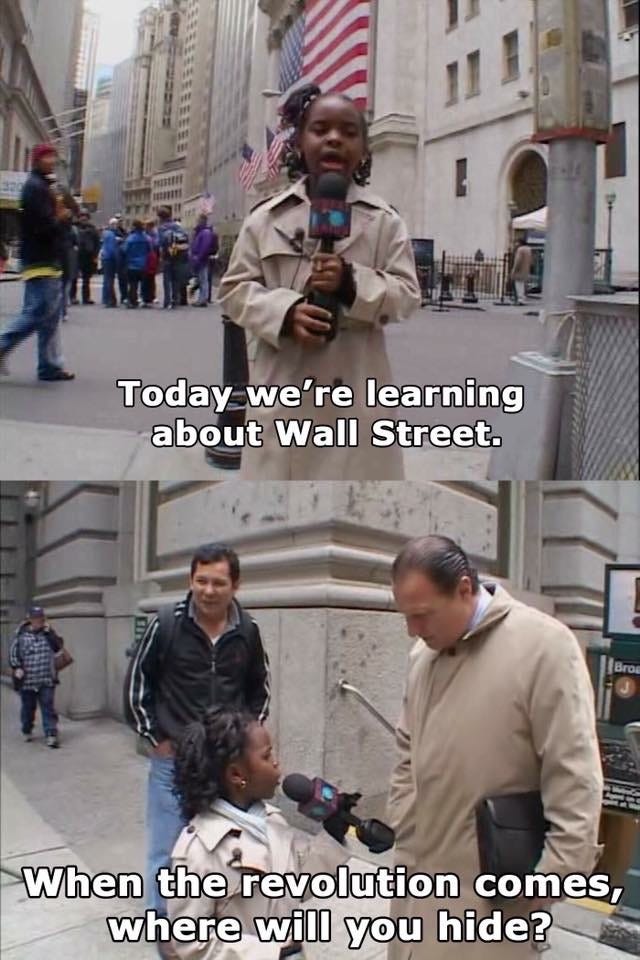Best of: What a President on the Picket Line Really Means
We've come a long way since the 1920s.
This week, a Volkswagen plant unionized in Tennessee, a rare win for unions. It’s also the first facility not owned by the Detroit Big Three (General Motors, Ford, and Stellantis) to unionize in the south.
With that, I wanted to highlight another post I wrote last year about how Biden’s support for unions truly is unprecedented, as well as highlighting how far the unionizing effort has come in the past hundred years (for example, union membership is increasing from a low that hadn’t been seen since right before the Great Depression).
One more thing: it’s worth mentioning that the UAW strike last year, during which this post was written, turned out pretty well for the strikers ("We wholeheartedly believe our strike squeezed every last dime out of General Motors," said UAW President Shawn Fain).
So please do read on: I think it’s always important to look back at history when examining the problems of the present. It’s always useful to get a better understanding of what’s really going on.
Don’t worry - my sabbatical is almost over and new posts will resume soon.
Imagine it is October 1st, 1923.
It’s been a hell of a year. In January, the first ever Women’s Industrial Conference was held (1 in 4 industrial workers are already female). In March, Vladimir Lenin had his third stroke, rendering him nonverbal, bedridden, and retired as Chairman of the Soviet government. Meanwhile, Benito Mussolini formed an air force in Fascist Italy, and Egypt became a constitutional democracy (and Egyptian women launched a Feminist Union). In April, Lady Elizabeth married Prince Albert, Babe Ruth beat the Red Sox 4-1 in the newly opened Yankee Stadium, and the San Pedro dockworkers strike turned violent - a battalion of about 80 armed police officers arrested hundreds of strikers in what became known as the Battle of Liberty Hill.
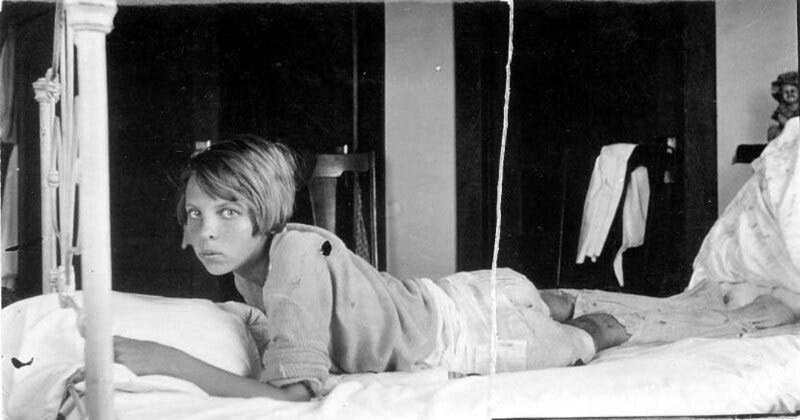
I’m going to put a pin in this strike and come back to it. This article is about the similarities and differences between the labor movement now and a century ago, but before we get to that, there are some other important historical events you need to have in the back of your mind.
So back to 1923. The Irish Civil War ended in May (the Irish Free State would join the League of Nations in September), and about the same time the Ku Klux Klan defied the law requiring publication of their membership - they are growing confident and defiant in their widespread political influence. In July, the Hollywood sign (which at the time read “Hollywoodland”) is inaugurated, and the Ottoman Empire was officially dissolved with the Treaty of Lausanne; Turkey is now a republic. Hyperinflation in Weimar Germany is getting awful: over 350,000 marks equal a single American dollar; by August, over four and a half million marks would equal a single dollar. (Uh oh!)
Meanwhile, Warren G. Harding has died and his VP Calvin Coolidge was sworn in as the 30th President of the United States. A number of corruption scandals involving multiple officials in the Harding administration lead to a large number of firings and replacements - most notable is the appointment of J. Edgar Hoover to the FBI. The Secretary of Commerce, Herbert Hoover, gets to keep his job. The U.S. government is full of pro-business conservatives that are loudly critical of anything smelling of “socialism.” The public doesn’t seem to mind much, though: union membership continues to decline as welfare capitalism grows in popularity. Wages are strong, industries are growing. Other than the dockworkers in California and the ever-feisty coal workers, there isn’t much labor activism.
This would soon change, of course, but you don’t know it yet. Just one month from now, Adolf Hitler is going to lead the Nazi party in an unsuccessful attempt to overthrow the Bavarian government in the Beer Hall Putsch; not long after he will be arrested and sent to prison, from which he will write Mein Kampf. Meanwhile, American companies will continue to do extremely well selling exports to Europe, which is still struggling to recover from what you know as The Great War.
Every year stocks would just keep climbing; playing the stock market becomes almost a hobby, and people will keep buying more and more stocks anticipating future growth. Production keeps going up and up, companies keep growing, and the Dow Jones keeps climbing to historic highs. Europe, however, finally starts to recover from its depression. Their own production increases, particularly in agriculture, and American farmers find themselves losing a highly valuable market. Eventually - for a confluence of important reasons that are worth reading about - the stock market crashes in October of 1929; just six years from “now.”
So let’s talk about unions again, and how the 1920s and 2020s have a lot of concerning similarities. First off, let’s look at union membership over time, and how that compares to the share of income going to the top 10%:
As with the 2020s, the Supreme Court of the 1920s was extremely conservative. Under Chief Justice William Taft, they twice struck down laws regulating child labor, ultimately declaring it a states’ rights issue. They struck down minimum wage in a case involving a hospital, who had sued following a law guaranteeing a minimum wage for women and children in D.C. (In another note that sounds familiar to today’s politics, the decision involved whether or not Congress can differentiate between men and women.) Several other rulings would hurt unions, allowing federal courts to end strikes via injunction. Emboldened by this anti-labor SCOTUS, Congress passed the Railway Labor Act, which still to this day allows the Federal Government to unilaterally end railway strikes.
Now, you might remember that in 2022, Congress and President Joe Biden leaned on this very legal precedent to shut down a nationwide rail strike, going against his reputation as the pro-union Amtrak Joe. Now, while this seems to be a “same shit, different century” moment, it is important to consider some important differences.
While I don’t endorse it because I think the workers deserved the paid sick leave they were asking for, among other rights - I understand why Biden and Congress did shut down the rail strike. It would have “frozen almost 30% of U.S. cargo shipments by weight, cost the American economy as much as $2 billion a day and stranded millions of rail passengers,” and it would have significantly stoked inflation, which had only very recently started to show signs of reliably decreasing. Remember, Russia had invaded Ukraine earlier that year, and gas prices had only just started normalizing. It doesn’t take much to make any politician sweat under circumstances like that.
This incident aside, things really are different from the 1920s. For one, Biden’s appointments to the National Labor Review Board significantly strengthened worker’s rights by requiring that employers automatically recognize and bargain with newly-formed unions if they commit violations during elections, which has become fairly routine. With last year also having the highest number of union elections in almost two decades, this represents a sea change. In another massive win that will impact workers in all 50 states, his hallmark bipartisan infrastructure bill contains a large amount of overtly pro-labor requirements, and he has mandated that federal construction projects have labor agreements. This puts him miles ahead of all other recent Democratic and Republican presidents in recent history.
Now, while this still doesn’t put his worker’s rights accomplishments over FDR’s, here’s one big difference: last week, Biden became the first sitting U.S. President to join a picket line with protestors.
“You’ve heard me say many times: Wall Street didn’t build this country,” he said. “The middle class built this country. And unions built the middle class. That’s a fact. Let’s keep going. You deserve what you’ve earned, and you’ve earned a hell of a lot more than you get paid now.”
Donald Trump, meanwhile, the only other viable candidate for the presidency at this time, spoke about worker’s rights at a non-union plant, saying instead
“You're all on picket lines and everything, but it doesn't make a damn bit of difference what you get because in two years -- you're all going to be out of business. You're not getting anything.”
PR stunt? Undoubtedly - all politics is PR. But is this a big deal? Yes. Consider the blowback, and the language of that blowback.
On September 28th, Fox News had on a “former Obama aide” who denounced Biden joining the picket line as “outrageous,” saying he has “bowed” to progressives. The “aide” in question is Steven Rattner, a Wall Street investor who previously worked for Lehman Brothers and whose firm manages Michael Bloomberg’s assets. In this interview, Rattner caps off his comments with a rant about the Green New Deal “destroying American jobs,” despite the fact that the Green New Deal does not, strictly speaking, exist. With scare words like “regulations” and “taxes” and “EVs” peppered about, it’s pretty obvious what’s happening here.
If you ask me, if Wall Street is denouncing something, I have a feeling it might be good for workers.





